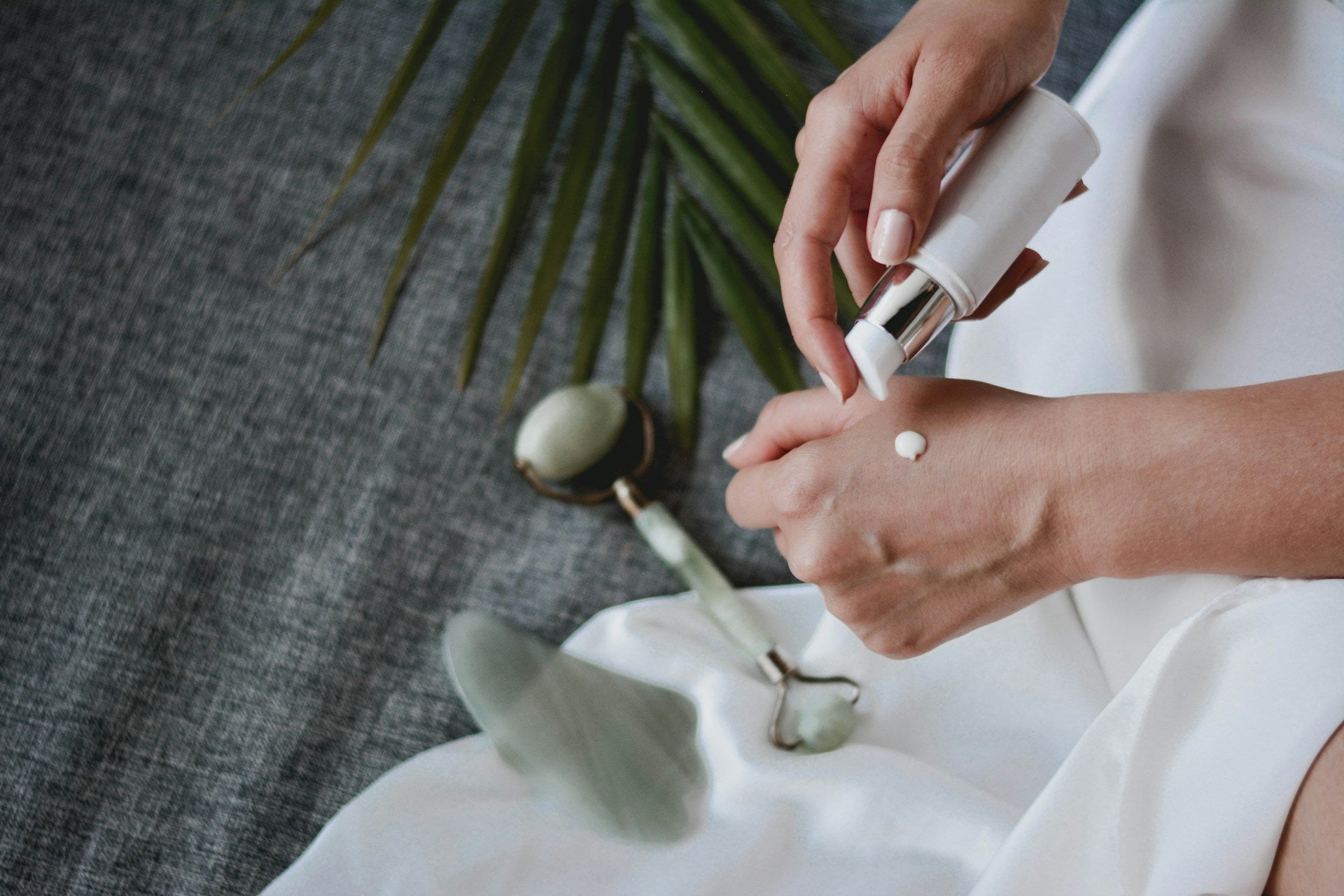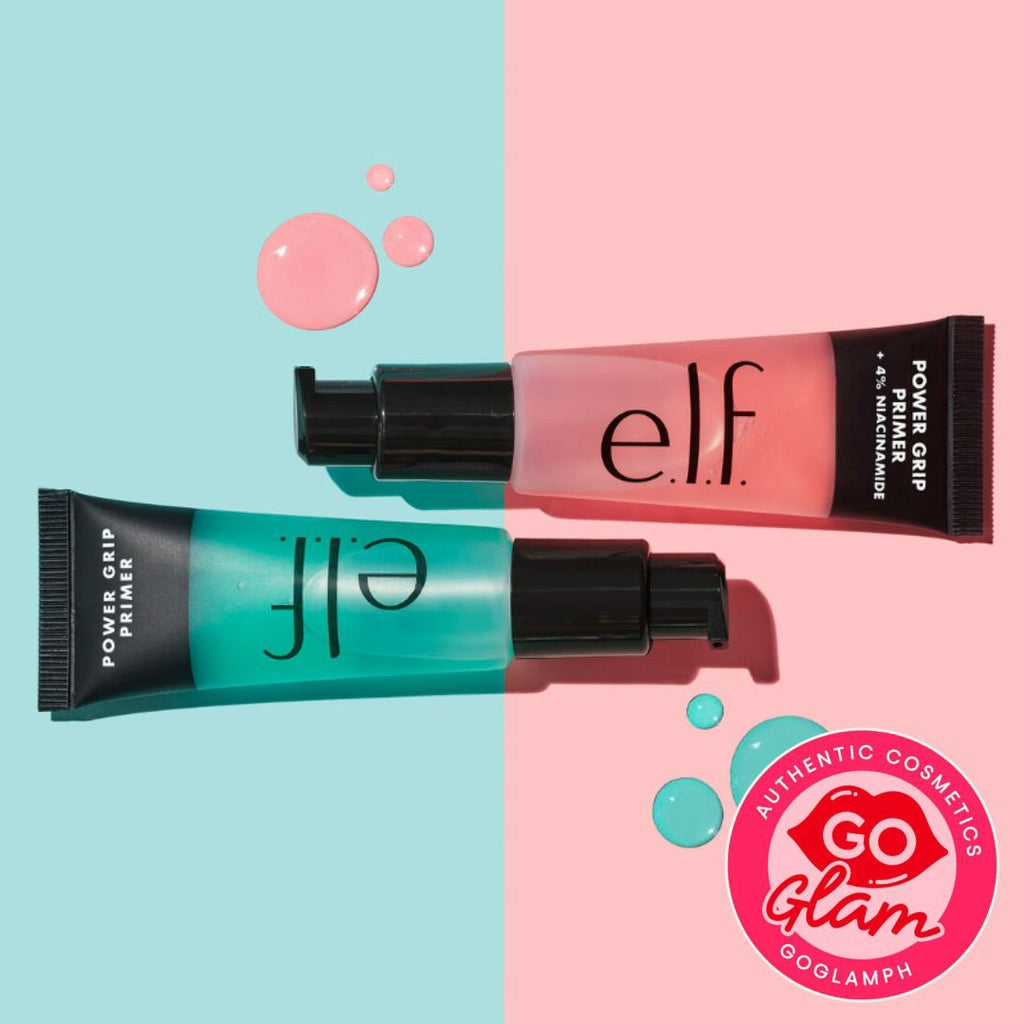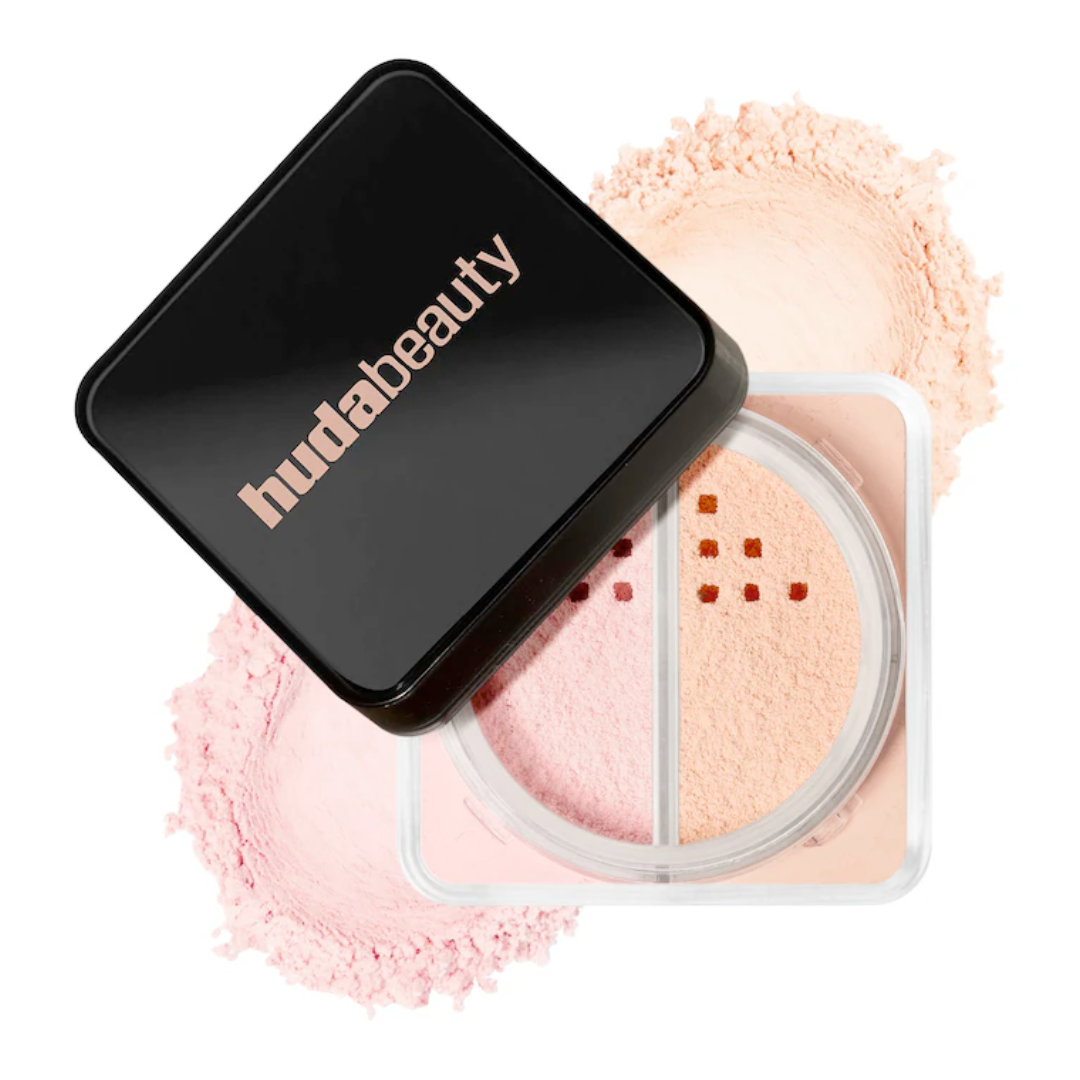It’s frustrating to use skincare products every day and still not get the results you’re hoping for. You try new creams, serums, and cleansers, but somehow, your skin looks the same or even worse. It starts to feel like a never-ending routine that eats up your time and money without giving much back.
Before tossing your whole set into the bin, it helps to understand that the problem might not be the product itself. There are a few simple, often overlooked reasons why your skincare product might not be working as expected. Once you spot what’s going wrong, it becomes a lot easier to fix it and finally start seeing change.
You’re Not Using the Right Product for Your Skin Type
One of the most common mistakes people make is using skincare meant for a different skin type. What works for your friend or that influencer you follow may not do much for your skin, and in some cases, it can even make things worse. Skin types vary, and using the wrong kind of product can leave your face feeling dry, greasy, irritated, or completely unbalanced.
Here’s a quick way to get a better sense of your skin type:
- Oily: Your skin looks shiny, especially around your forehead, nose, and chin. You may be prone to breakouts or clogged pores.
- Dry: You notice flaking, tightness, or rough patches.
- Combination: Your T-zone gets oily, but your cheeks and other areas stay dry.
- Normal: Your skin feels balanced without being too dry or oily.
- Sensitive: Your skin reacts easily to products, environmental changes, or stress.
Once you know your skin type, choose products that support your skin’s natural condition instead of working against it. For example, a cream packed with oils might be too heavy for oily skin, while a drying cleanser might leave dry skin feeling tight and itchy.
People often end up layering on more products to fix the imbalance, which only adds to the problem. It becomes a cycle of reaction rather than care. Matching the formula to your skin type helps you get the most out of what you're using and makes it easier for the ingredients to do their job without causing irritation or clogging pores.
Incorrect Application Techniques
Even the best skincare won’t do much if it’s not applied the right way. How you put your skincare on matters. This doesn’t mean you need fancy tools or a complicated method, but applying things too quickly, in the wrong order, or without giving products enough time to settle on your skin can mess with how they work.
Here are some common habits that reduce product absorption:
- Rubbing too harshly or tugging at the skin
- Applying products in the wrong order, such as layering oils before water-based treatments
- Using too much or too little of a product
- Skipping rest time between product layers
A good rule is to start with the thinnest consistency and end with the heaviest. That way, lighter products like toners or essences can get absorbed properly before creamier, heavier layers, like moisturizers or oils, seal things in.
Don’t rush your routine. Let each product sit for a minute or two before putting on the next step. This gives it time to absorb and work without interference. You don’t need fancy techniques, just clean hands, a gentle touch, and a little patience.
Giving your skin a chance to actually use the product makes a big difference. Instead of sliding product around or wiping it off too quickly, press it gently into your skin. This small change in technique can help your skincare do its job.
Expired Or Ineffective Products
Sometimes a skincare product doesn’t work simply because it’s old. If it’s been sitting on your shelf for a long time, it might already be past its expiration date. Even if the product looks and smells fine, the ingredients may no longer be active. That means it won’t do much for your skin, no matter how consistently you use it.
Most products have a tiny jar icon on the label with a number inside, like 6M or 12M. That tells you how many months the product is good for after opening. If you can’t remember when you first opened something, it’s better to be cautious and replace it. Using expired skincare might lead to redness, breakouts, or worse.
Heat and humidity, especially during the rainy season in the Philippines, can also cause damage to your skincare stash. Always store your products in a cool, dry place. Bathrooms aren’t always the best spot for storage because of the moisture from showers and sinks. A bedroom drawer or shelf away from sunlight usually works better.
Also, be careful when scooping creams or using dropper bottles. If your fingers or tools aren’t clean, you could unknowingly introduce bacteria into the product. That can break it down faster and make it less effective.
Not Following A Consistent Routine
One of the biggest reasons people see little to no results is that they give up too soon or follow their routine off and on. Skincare needs consistency. Skipping too many days, switching out products too quickly, or jumping on trends each week keeps your skin from adjusting and improving.
Here’s a simple routine you can stick to regardless of your skin type:
- Cleanser: Use morning and night to remove dirt, oil, and makeup.
- Toner or essence: Helps balance the skin after cleansing.
- Treatment: Serums or spot treatments as needed, based on your skin concern.
- Moisturizer: Locks in hydration and keeps the skin barrier healthy.
- Sunscreen (day only): Protects your face from sun damage.
Stick with a routine for at least a few weeks before expecting to see major changes. Give your skin time to adjust. Some ingredients need time to build up or do their job over days or even weeks.
Don’t overload your face with too many active ingredients at once. It’s tempting to try everything at the same time, especially when you want faster results, but doing less and being consistent gives better long-term improvements.
You’re Expecting Immediate Results
We all want that instant glow. But when it comes to skincare, results don’t usually happen overnight. It takes time for the skin to heal, maintain balance, and show the effects of consistent care. If you’re switching products every few days because you don’t see a change, that might be part of the problem.
Most products need at least a few weeks to show noticeable results. Some can take longer depending on what issue you’re trying to solve. Skin cycles take time, so if you stop too soon or expect magic by day three, it’s easy to feel disappointed.
Managing expectations makes the process feel less frustrating. Instead of trying to fix everything fast, focus on one or two skin concerns and give your routine a real chance to work. Keep taking photos every few weeks to track progress, instead of relying on memory or feelings alone. You’ll be surprised what a month of sticking to the same routine can do.
One example is someone who struggled with dull, uneven skin tone and expected their new serum to work in a few days. After two weeks, they were ready to switch. But after sticking with it for a full month, their skin gradually started looking clearer. They didn’t notice right away, but when they looked at old photos, the difference was obvious.
Time To Rework Your Routine
Skincare isn't always as easy as picking out something popular and using it day and night. What works well for someone else might not do the same for you. Before writing off your current routine, slow down and take a closer look at how you’re applying products, how often you’re using them, and whether they’re even still in good condition.
Putting in just a little more thought and consistency can give you much better results without needing an entire shelf overhaul. Give your skin patience, track what you're using, and avoid bouncing between new routines every week. With a few small changes, you’ll start to notice progress that lasts.
Remember, creating an effective skincare routine is more about the long game than quick fixes. If you're ready to enhance your regimen, explore our range of high-quality skincare products designed to meet your needs. At Goglam Online Shop, we're committed to helping you discover products that truly work for you. Check out our selection to start seeing the difference today.








